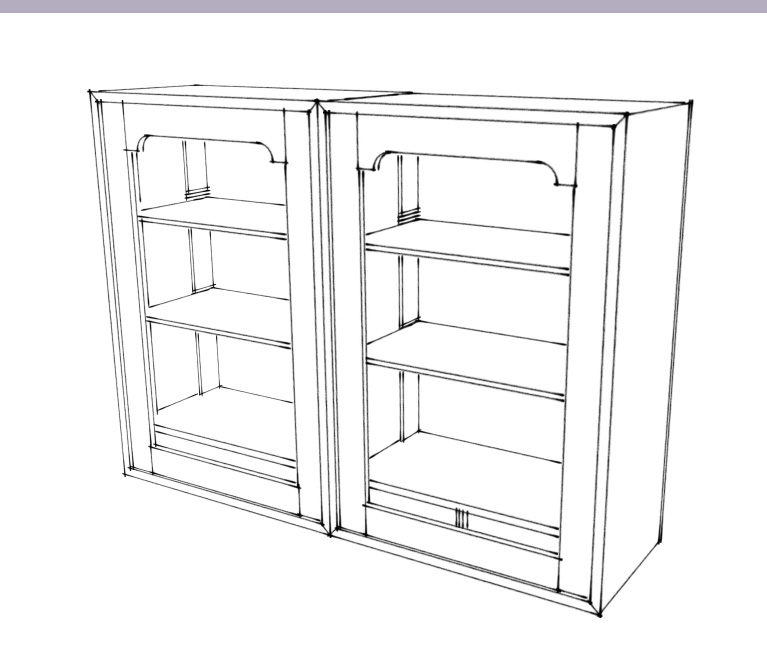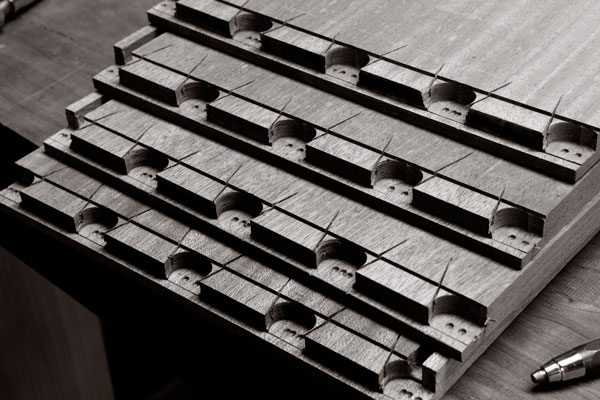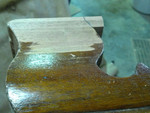We may receive a commission when you use our affiliate links. However, this does not impact our recommendations.
When I was a kid, I used books to escape from my (boring) Arkansas upbringing. Today, I use books to escape from the drudgery of air travel.
Every room in our house is full of books, and there is never enough room for them all. So as a woodworker, I’m always building more bookcases that stack on top of other things – including other bookcases. This week I started building a new bookcase that has a lot of interesting joinery and details for an upcoming issue of Popular Woodworking Magazine.
Like most of the projects I’ve been building during the last few years, this one is in the “campaign” style, which means it is designed to take a beating in style.
This type of Victorian bookcase was used by military officers, students, clerks and writers who traveled abroad or to the next village. It protected a good personal library and made it easy for you to pack up and move. You just shut the bookcase and turned the key. No cardboard boxes and no fuss.
After building a few of these bookcases in the last two years, I have become enamored with their “full blind” dovetail construction. When you first look at the way these joints go together you think: That’s a pain. But after you build one – just one – you’ll see that full-blind dovetails are perhaps the easiest dovetail joint ever.
Because neither the tails nor the pins show in the finished joint, you don’t have to get your panties in a twist about an airtight fit. You just have to make sure the pins and tails go together and hold together. And that’s easy.
The trick to the joint is to get the rabbet to close. Once you can do that, it’s a very small step to see how this simple joint can be modified to make a secret mitered dovetail.
Aside from the dovetails, this bookcase has some really fun joinery. The backs of the two cases are an unusual rabbet/groove construction that hides all the joinery and allows all sorts of wood movement. Yes, I know, most woodworkers love exposed joinery. But once you get over that, try this.
Oh, and the adjustable shelves are held in birds’ mouth joints that are fun to lay out and cut, once you know the trick.
So if you are a bit weary of Shaker, Arts & Crafts or country projects (but you aren’t attracted to full-on 18th-century ornamentation), this sort of furniture might be for you.
Stay tuned. More details to come here and in a future issue of Popular Woodworking Magazine.
— Christopher Schwarz
Here are some supplies and tools we find essential in our everyday work around the shop. We may receive a commission from sales referred by our links; however, we have carefully selected these products for their usefulness and quality.












Thank you, Chris, for an article that was not camouflage for an advertisement. I look forward to the build.